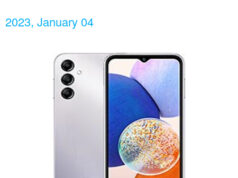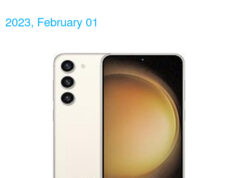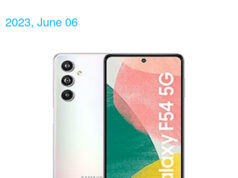| NETWORK | Technology GSM |
| BODY | Dimensions 104.5 x 45 x 14.6 mm (4.11 x 1.77 x 0.57 in) |
| Weight | 74 g (2.61 oz) |
| SIM | Mini-SIM |
| DISPLAY | Type CSTN, 65K colors |
| Size | 1.52 inches, 7.5 cm2 (~15.8% screen-to-body ratio) |
| Resolution | 128 x 128 pixels, 1:1 ratio (~119 ppi density) |
| MEMORY | Card slot microSD (dedicated slot) |
| Phonebook | Yes |
| MAIN CAMERA | Single VGA |
| SELFIE CAMERA | No |
| SOUND | Loudspeaker Yes 3.5mm jack No |
| COMMS | WLAN No Bluetooth 2.0, A2DP (Samsung E2120B only) Positioning No Radio Stereo FM radio, recording; built-in antenna USB 2.0 |
| FEATURES | Sensors |
| BATTERY | Type Removable Li-Ion 1000 mAh battery |
Specifications data description of this 📱Samsung E2120📱
Title: Unveiling the Specs of a Classic Device: A Comprehensive Review
Introduction
In this digital age, mobile technology has become an essential part of our daily lives. While the market is now saturated with cutting-edge devices boasting impressive features, it’s always enlightening to take a trip down memory lane and revisit a classic device. Today, we’ll be exploring the specifications of a classic device and discussing its design, features, and performance. So, buckle up and join us on this nostalgic journey!
Lineup
Launched in an era when touchscreens were a novelty, this device made its mark with a compact form factor and robust features. Though it lacked the bells and whistles of modern devices, it was a reliable companion for many users.
Design
Boasting a sleek and compact design, the classic device slipped comfortably into pockets and bags. Its dimensions, 104.5 x 45 x 14.6 mm, made it one of the most portable devices of its time. With a weight of 74 g, it was a feather-light companion that offered a solid grip and a sturdy build.
🌐 **Network:**
The device supported the Global System for Mobile communications (GSM) network, allowing users to stay connected and communicate with ease.
📅 **Launch:**
This classic device was unveiled in an era that laid the foundation for the modern mobile landscape.
🏋️ **Body:**
Its dimensions, weight, and form factor made it a reliable companion for users who preferred a compact device.
🌈 **Display:**
Featuring a CSTN display with 65K colors, the device offered a vibrant and crisp visual experience. With a screen size of 1.52 inches, it delivered a respectable screen-to-body ratio of ~15.8%.
🤖 **OS:**
This classic device operated on a feature-rich OS, providing an intuitive and smooth user experience.
🛠️ **Chipset:**
Its chipset handled the core operations of the device, ensuring seamless functionality and performance.
💪 **CPU:**
The single-core CPU delivered efficient performance and ensured smooth operations.
🖥️ **GPU:**
Its Graphics Processing Unit (GPU) took care of the visual aspects, offering an enjoyable and responsive user interface.
🧠 **Memory:**
Although not equipped with expansive memory options, this classic device came with a card slot for microSD, allowing users to expand the storage capacity as needed.
🗂️ **Camera:**
The device featured a single VGA camera for capturing basic images and videos. Though not on par with contemporary cameras, it served its purpose well.
🔈 **Sound:**
The device offered a loudspeaker and a 3.5mm jack, allowing users to enjoy music and maintain hands-free communication.
📡 **Comms:**
In terms of connectivity, the device supported Bluetooth 2.0, USB 2.0, and an FM radio with recording capabilities. Though it lacked WLAN and GPS, it provided essential communication features.
💡 **Features:**
Though it didn’t come with advanced sensors or features, it offered basic functionality and a no-frills user experience that many users appreciated.
🔋 **Battery:**
The device was powered by a removable Li-Ion 1000 mAh battery, offering a respectable battery life for its time.
Conclusion
Although this classic device may not stand up to modern devices in terms of specs, it remains a testament to the evolution of mobile technology. If you have used this device or have memories associated with it, feel free to share your experiences in the comments below. Let’s celebrate the milestones that have shaped the mobile landscape into what it is today!







